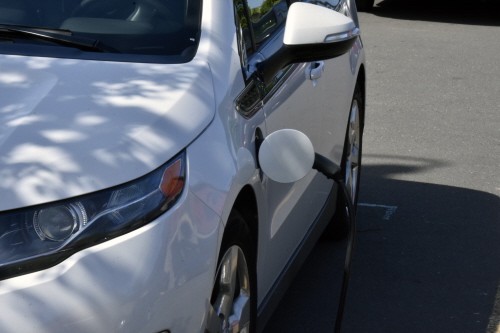Research puts electric vehicles on track for improved inductive charging
Range anxiety, or concern over how far a car will travel on a single battery charge, is often cited by drivers as a significant barrier to buying an electric vehicle.


Existing residential charge points typically take all night to recharge an electric vehicle’s battery, while so-called fast charge stations are relatively few and far between, and can still take at least 30 minutes.
Despite improvements in battery technology, including new lithium-sulphur and solid state devices in development, the problem cannot be solved by improvements in battery chemistry alone, according to Dr Teng Long at Cambridge University.
Instead, battery recharging needs to be made quicker and more convenient, said Long, who is leading an EPSRC-funded project to improve wireless charging technology for electric cars.
By using so-called Inductive Power Transfer, in which power is transferred from a transmitter coil on the ground to a receiver coil on the vehicle via time-varying magnetic fields, cars could be charged by small amounts, but much more frequently, said Long.
“Currently if you want to refuel your car with conventional fuels, you have to drive to a petrol station,” said Long. “But if you decentralise that system it could become part of your daily drive, with wireless charging spots embedded in the road at traffic lights, for example, or at parking slots.”
Register now to continue reading
Thanks for visiting The Engineer. You’ve now reached your monthly limit of news stories. Register for free to unlock unlimited access to all of our news coverage, as well as premium content including opinion, in-depth features and special reports.
Benefits of registering
-
In-depth insights and coverage of key emerging trends
-
Unrestricted access to special reports throughout the year
-
Daily technology news delivered straight to your inbox










UK Enters ‘Golden Age of Nuclear’
Apologies if this is a duplicate post - a glitch appears to have removed the first one: > While I welcome the announcement of this project, I note...